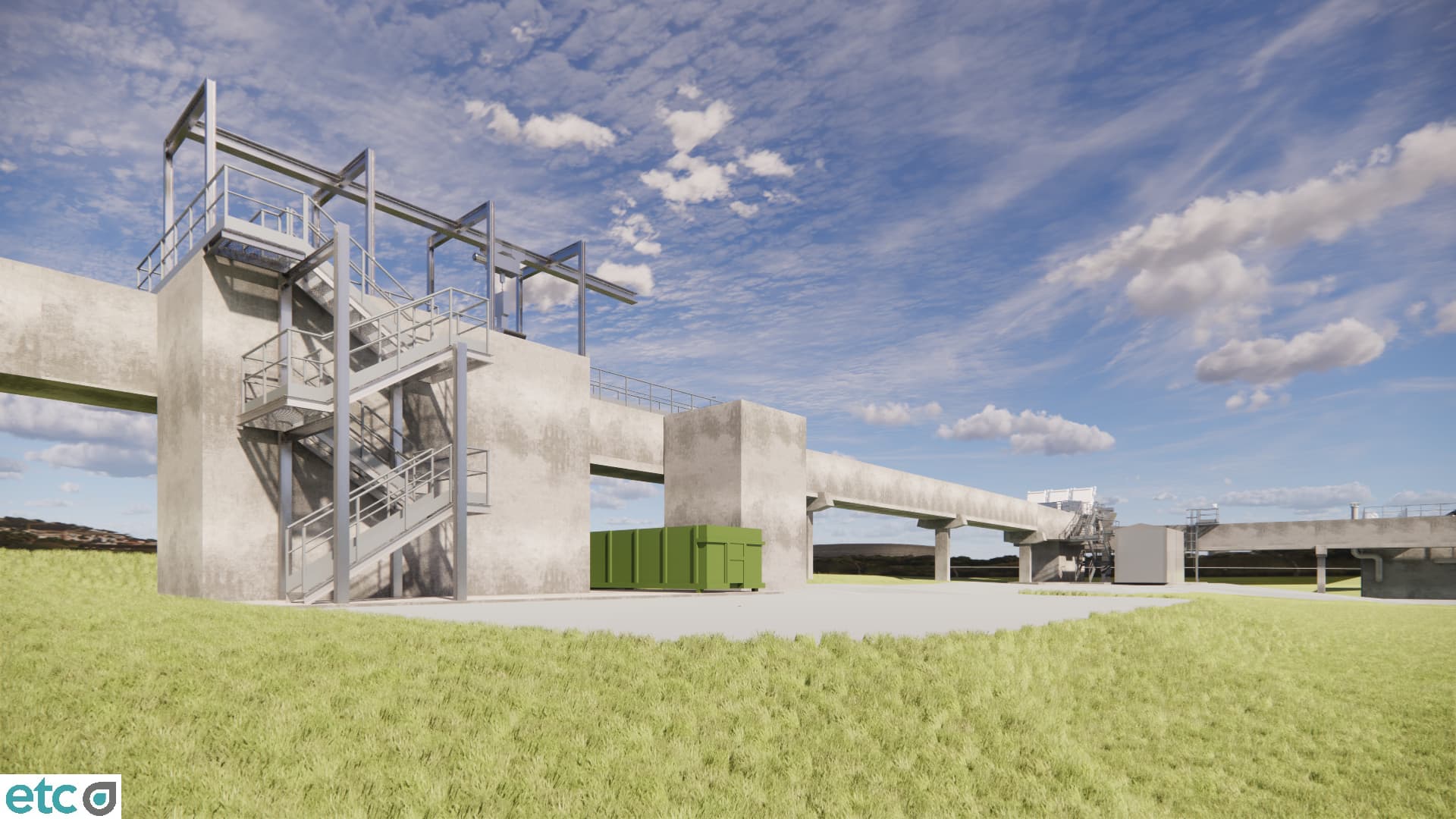Technical and economic study for the realization of “Rugova Region” wastewater treatment plant in the Municipality of Peja
| Approx. value of the contract (in current US$):
US$ 5.220.892,00 |
| Country: Kosovo.
Location within country: Rugova Region. |
| Name of Client:
Municipality of Peja |
| Start date (month/year): January 2017
Completion date (month/year): May 2017 |
| Name of associated Consultants, if any: None |
Description of actual services provided by your staff within the assignment:
KEYWORDS:
Feasibility Study, data collection, wastewater treatment plant design; Primary treatment, initial lifting station, biological treatment, chemical precipitation, final disinfection, mechanical sludge dewatering station.
Description of Project:
Definition of the data framework based on the resulting sizing checks from the analysis of the catchment areas served and the consequential polluting loads to be subjected to treatment and some design assumptions in terms of temperatures and qualitative limits to be guaranteed by the effluent at the discharge; • Description of the hypothesized treatment chain; • Results of the pre-sizing checks of the various treatment sectors; • Rough estimate of the construction and management costs. The two treatment plants have been named “East Peja” and “Rugova Region” WWTP.
RUGOVA REGION: The resident population in Val Rugova can be estimated at about 3.000-4.000 units. The Municipality of Peja has set itself the goal of equipping the area with all infrastructures aimed at favoring a rapid tourist development. For this reason, the potential of the plant project was set at 15.000 EA. Furthermore, the plant was conceived in modular configuration, so that it can also be implemented in several successive phases in function of the progressive increase of the users connected to the sewer network.
The treatment chain hypothesized for the “Rugova Region” treatment plant is the following:
- sewage arrival, coarse screening with automatic cleaning and drain of any excess flow rate;
- two fine screening channels operating in parallel;
- an induced vortex centrifugal sandblasting tank;
- a distribution well to the biological treatment lines;
- three biological treatment lines with activated sludge, structured according to the predenitrification/nitrification scheme;
- a flocculating reagent dosing station for the simultaneous removal of phosphorus by chemical precipitation, with dosing in the distribution well at the entrance to the biological treatment;
- three recirculation wells for the aerated mixture;
- three secondary sedimentation basins with a rectangular plan with longitudinal flow,
- a final disinfection channel by chemical oxidation by dosage of sodium hypochlorite or peracetic acid;
- a static thickening basin of the excess mud;
- a mechanical sludge dewatering station;
- two stations for aspiration and treatment of air from rooms with potential odor impact.





